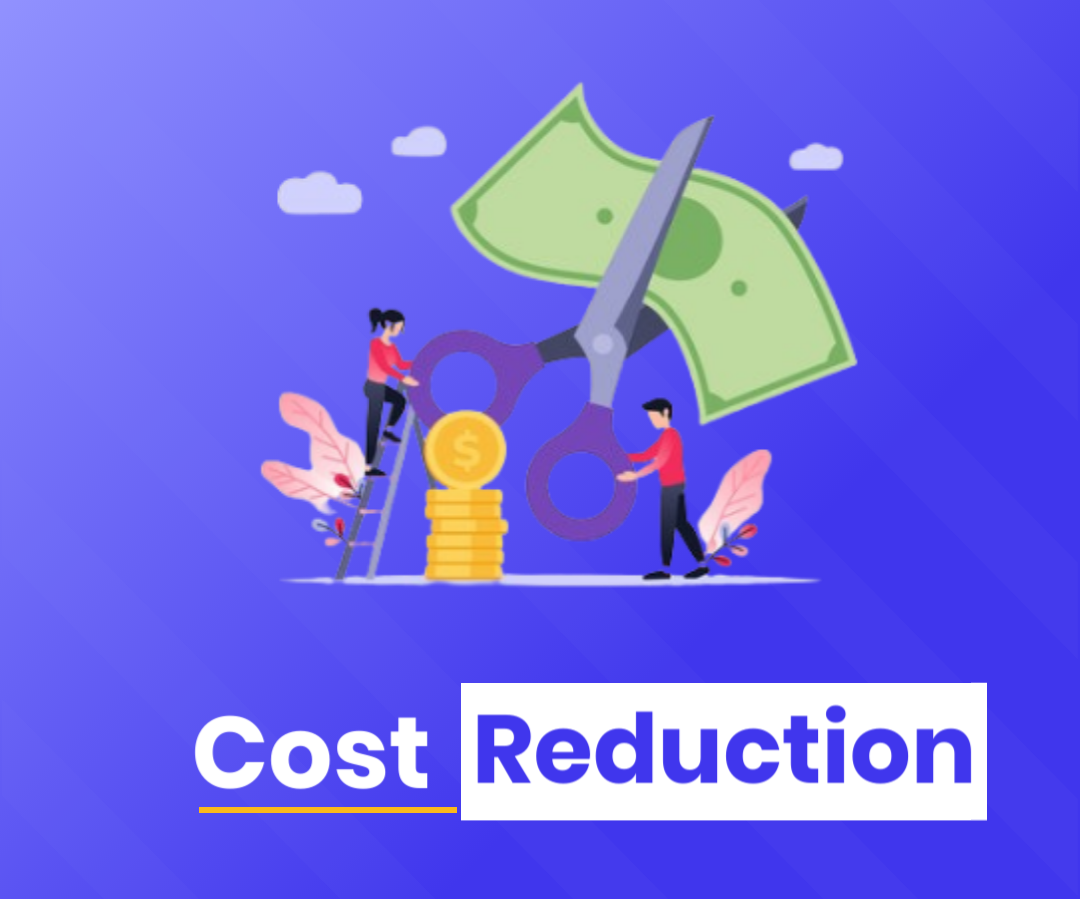
Before diving into cost reduction strategies, it is important to have a basic understanding of the procurement process. It typically involves the following steps:
2. Supplier selection: Once the needs are identified, organizations need to find suitable suppliers who can provide the required goods or services at competitive prices.
3. Negotiation: Negotiating with suppliers is an important aspect of procurement management. It involves discussing and finalizing terms and conditions, including prices and delivery timelines.
4. Contracting: Once negotiations are complete, contracts are signed with the selected suppliers to formalize the relationship and ensure that both parties are clear on their roles and responsibilities.
5. Order placement: After the contract is signed, purchase orders are placed to initiate the process of obtaining the required goods or services.
6. Delivery and payment: Finally, the goods or services are delivered as per the agreed terms and payments are made to the suppliers.
Understanding this process is crucial for implementing effective cost reduction strategies in procurement management.

1. Conduct Regular Supplier Audits
Supplier audits are a great way to identify areas where costs can be reduced. By conducting regular audits, organizations can review the performance of their suppliers and identify any inefficiencies or issues that may be increasing costs. This could include delays in delivery, quality issues, or pricing discrepancies. Once identified, steps can be taken to address these issues and negotiate better terms with the suppliers.
2. Implement a Strategic Sourcing Process
Strategic sourcing is a proactive approach to procurement management that involves analyzing current spending patterns, identifying areas where costs can be reduced, and developing strategies to achieve these cost savings. This could include consolidating purchases with a single supplier, leveraging volume discounts, or negotiating long-term contracts for better prices.
3. Embrace Technology
Technology plays an important role in modern procurement management. By automating manualprocesses and embracing digital solutions, organizations can improve efficiency and reduce costs. For example, e-procurement software can streamline the entire procurement process from supplier selection to payment, reducing the time and resources required for each step.
4. Practice Effective Negotiation
Effective negotiation is key to achieving cost savings in procurement management. Organizations need to be aware of market trends, analyze supplier prices, and negotiate for betterterms to reduce costs. This could include negotiating for lower prices, longer payment terms, or volume discounts.
5. Consider Alternative Suppliers
In some cases, organizations may be able to find alternative suppliers who can provide the required goods or services at lower prices. It is important to regularly review and compare supplier prices to identify any potential cost savings.
6. Optimize Inventory Management
Inventory management is an important aspect of procurement management. By optimizing inventory levels, organizations can reduce storage costs and minimize the risk of stock obsolescence. This could include implementing just-in-time inventory practices or using forecasting tools to accurately predict demand.
7. Implement Cost Control Measures
Organizations should have a system in place to monitor and control costs effectively. This could include setting up a budget, tracking expenses, and implementing cost reduction initiatives as needed.
8. Foster Supplier Relationships
Building strong relationships with suppliers can be beneficial in reducing costs. A good relationship can lead to better terms and discounts, as well as improved communication and collaboration between the organization and the supplier.
In addition to these cost reduction strategies, organizations should also focus on continuously improving their procurement processes through regular analysis and optimization. By striving for efficiency and cost-effectiveness, organizations can stay competitive in the market while also achieving their financial goals. So, it is essential to constantly evaluate and improve procurement processes to achieve long-term success in cost reduction. With the right strategies, organizations can not only reduce costs but also increase their overall value generation. In today's fast-paced business environment, effective cost reduction strategies in procurement management are crucial for organizations to maintain their competitive edge and achieve sustainable growth. So, it is evident that implementing the right cost reduction strategies can make a significant impact on an organization's financial performance and overall success. By continuously evaluating and improving these strategies, organizations can stay ahead of the curve and achieve long-term success in procurement management.
